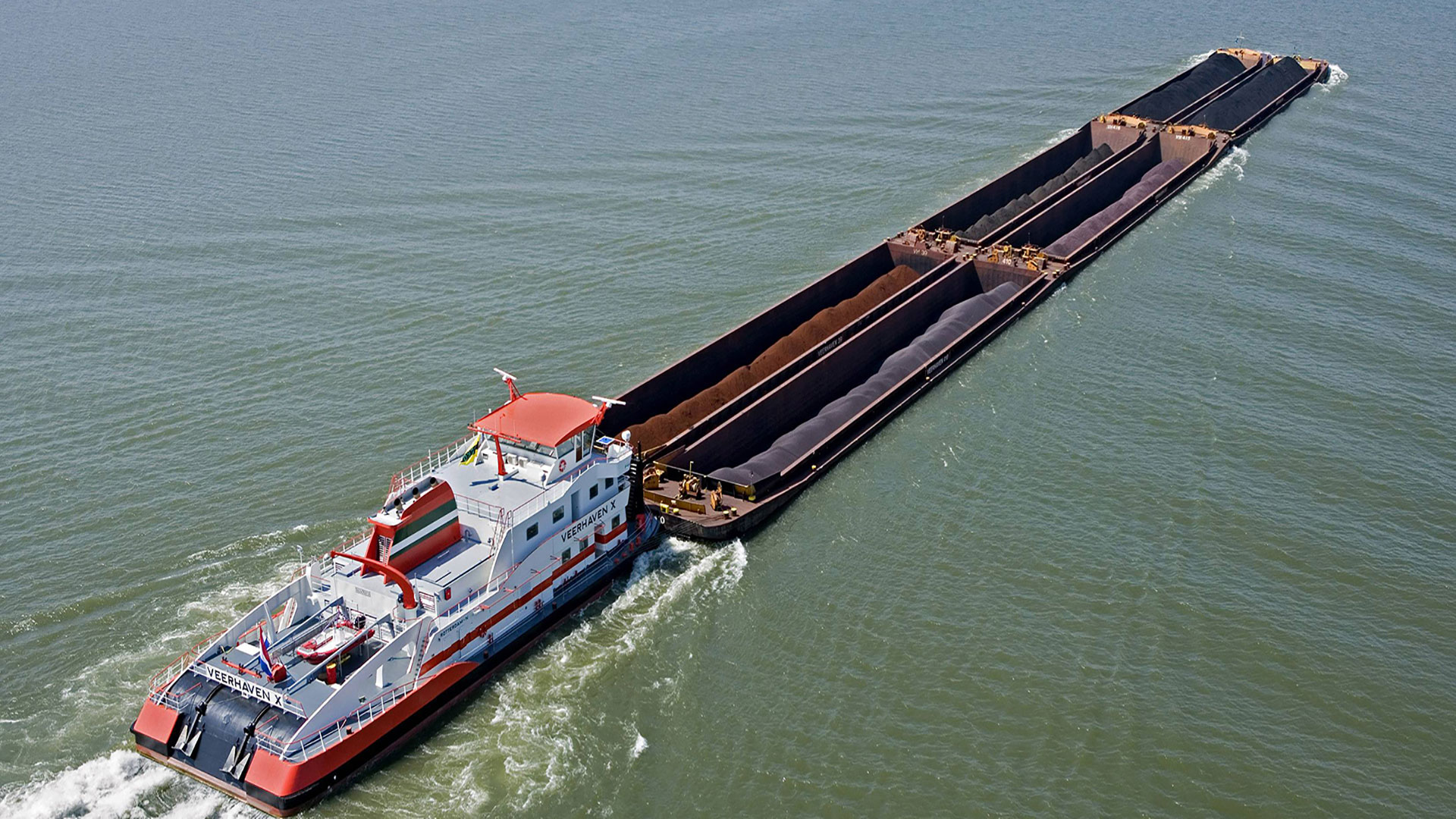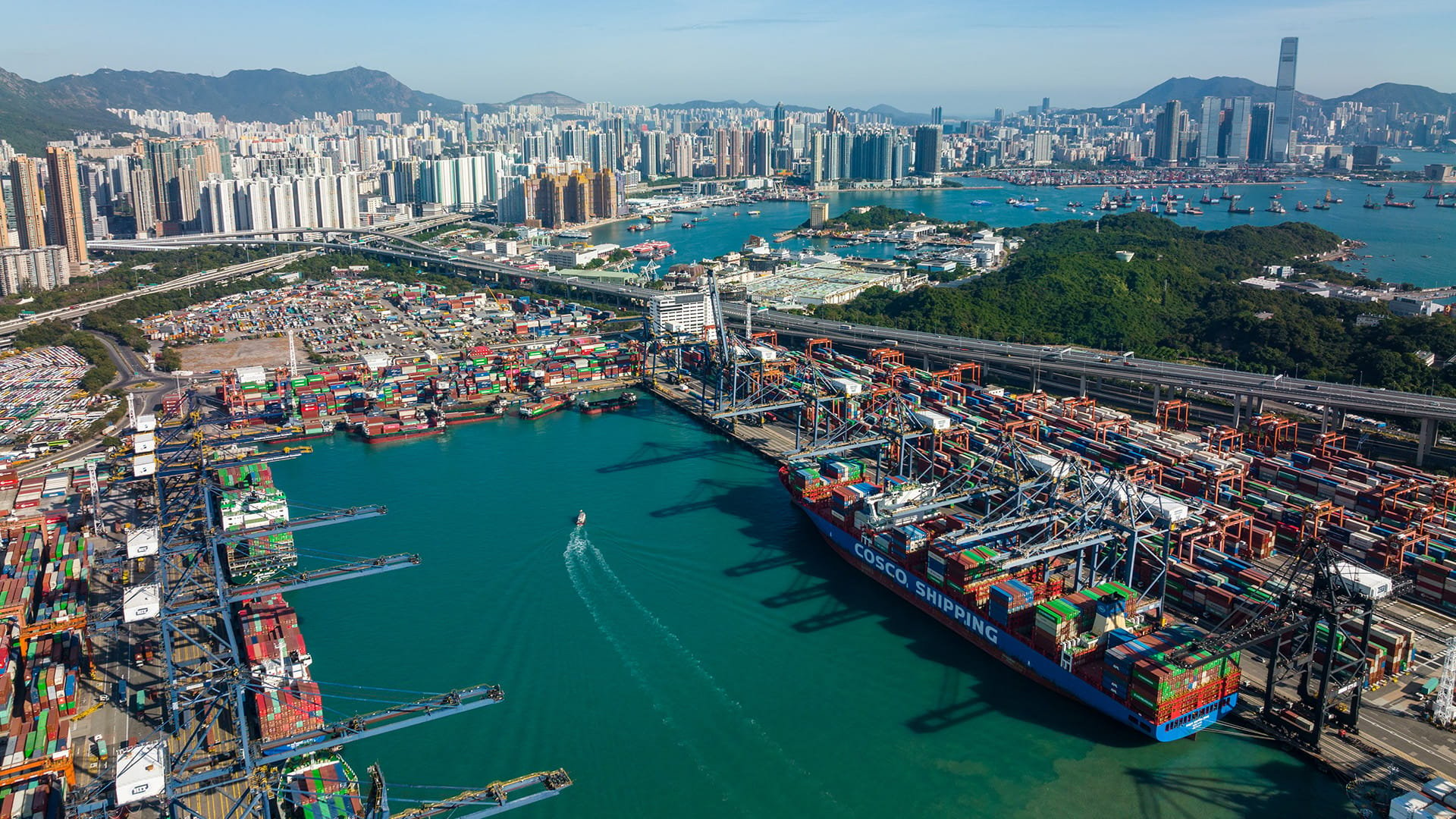How can the shipping industry anticipate low water levels in the river Rhine?

An article titled "Rhine approaches lowest water level ever," in Dutch newspaper the Algemeen Dagblad on the 16th of August 2022 highlighted the alarming situation at measuring point Lobith, where the water level was recorded at +6.53 meters NAP, close to the historic low of +6.49 meters NAP on the 29th of October 2018. Such low water levels result in shallow depths of 1.80 to 2.0 meters, making navigation challenging.
Shortage of vessel space
The shortage of vessel space is a significant concern during periods of low water, as ships are unable to carry full cargo loads, leading to a high demand for shipping space. This imbalance between supply and demand can result in disruptions in the supply chain and increased costs for inland navigation due to a scarcity of shipping space.
Furthermore, production disruptions and stock shortages can lead to financial losses for companies operating along the Rhine. In 2018, the estimated damage for shippers due to extreme low water levels was around 2.8 billion euros, emphasizing the economic impact of such conditions.
Tackling rivers
To tackle the challenges posed by low water levels, the government initiated the Integral River Management (IRM) program in 2020 to address climate change effects in the Netherlands' river region. Measures such as selectively deepening waterways and collaborating with other countries along the Rhine are being implemented, but these solutions require time to yield results.
How can the shipping industry anticipate low water levels?
Periods of extreme low water can last a long time, and during these times, ships can carry less cargo, requiring the industry to use its own supplies until availability is limited. What measures can the transportation industry take to be prepared? Here are five considerations:
- Invest in low-water vessels with reduced draught and enhanced propulsion to navigate shallow waters more efficiently.
- Deploy smaller vessels with shallower drafts on a time charter or pairing basis to increase cargo capacity.
- Increase storage capacity near waterways with normal water levels to buffer supply disruptions during low water periods.
- Enhance insight into the supply chain through digitisation to optimise cargo movement and consider alternative transportation modes like rail or road.
- Explore shifting cargo to other modes of transportation with available capacity to mitigate the impacts of low water levels on shipping.
To govern is to foresee
Extreme low water may lead to substantial economic consequences and become even more problematic in the future. In addition to addressing the soil erosion of the Rhine promptly, businesses in the industry, together with the logistics sector, must operate more intelligently by gaining more insight into the entire transport chain, increasing storage capacity, forming a pool of small deployable vessels, and manufacturing and deploying more low-water vessels.
Scaling up this issue is necessary so that the government, industry, and logistics sector do not lose out and incur significant damages. Costs come before benefits in this case. Though extreme low water levels have not been experienced this year thus far, it appears more as an exception than the rule as we look towards the future. To govern is to look ahead. Extreme low water levels will no longer be the exception.
This article was created with assistance from Wiebe de Jong (water level analysis) and Jolke Helbing (impact container transport) and originally published in Land en Water in February 2024.
![[object Object] [object Object]](https://www.royalhaskoningdhv.com/-/media/images/employees-profile-pics/v/vermij-hans.jpg?h=300&iar=0&w=300&hash=158B110D2869A3EBF23EF0652BA399FB)



